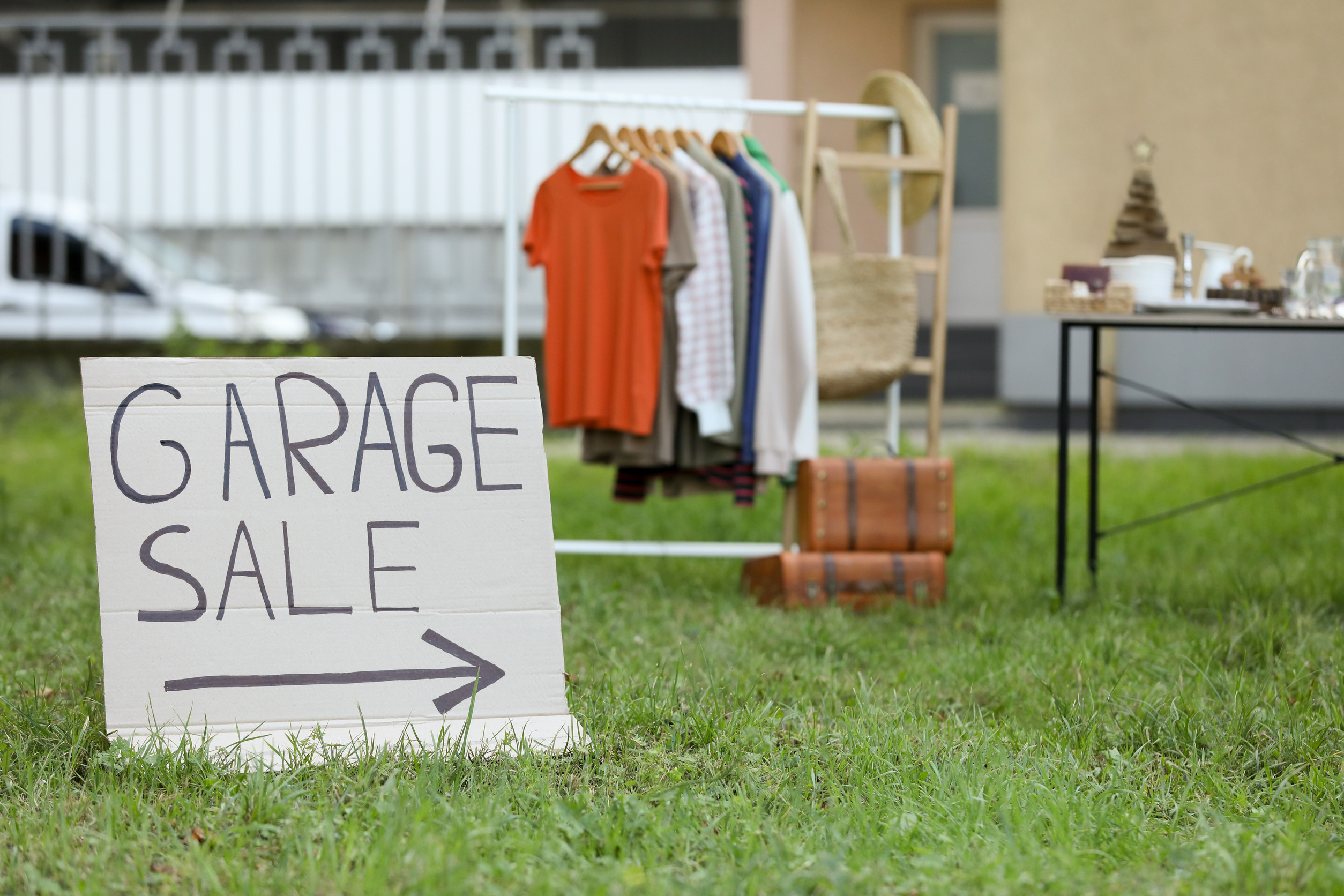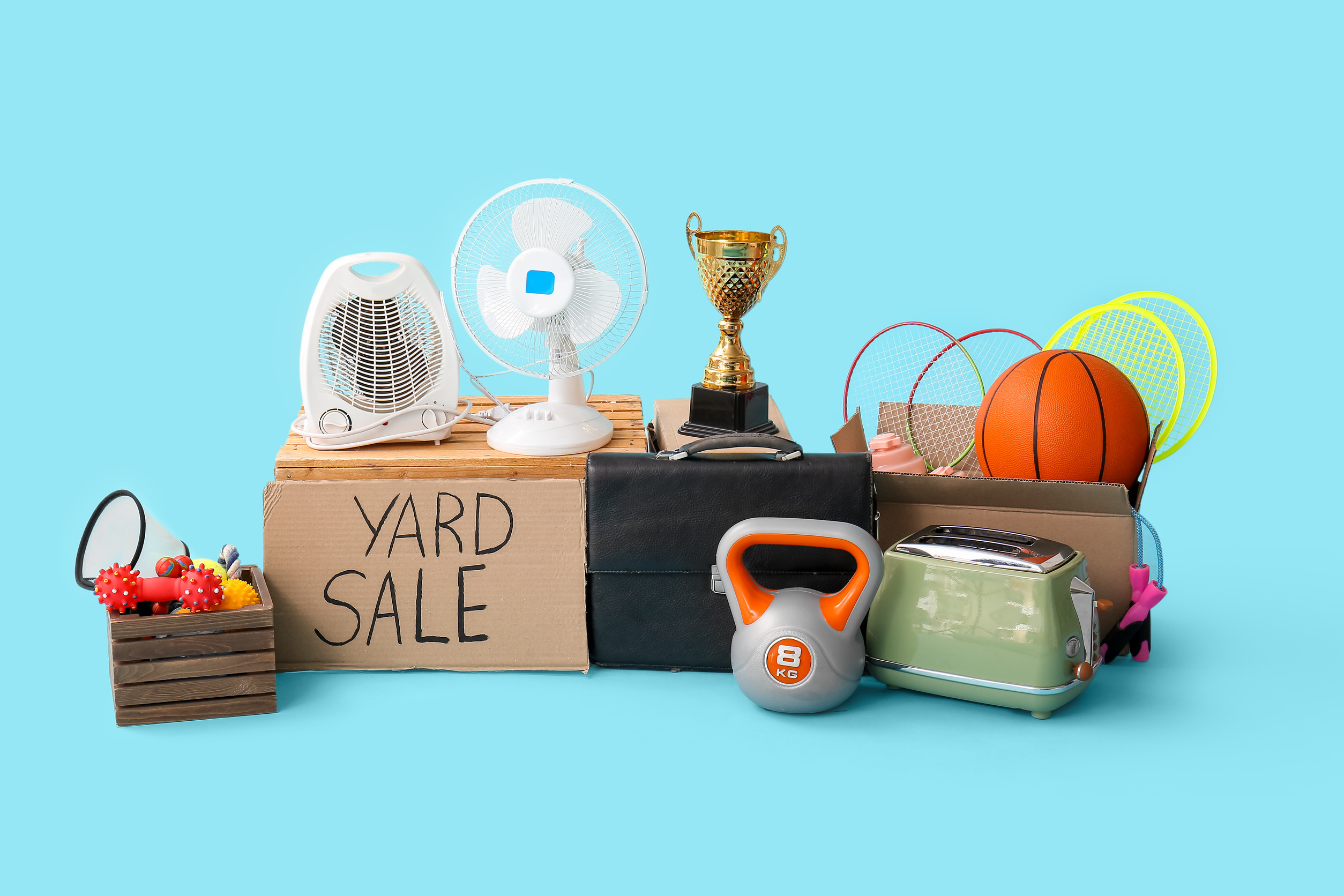There’s something timeless about a garage sale. It’s a blend of nostalgia and negotiation, a Saturday morning ritual that turns driveways into marketplaces and old treasures into someone else’s new prize. But while most sellers are content with clearing out space and making a few bucks, others treat a garage sale like a business opportunity.
What separates a $100 day from a $1,000 one isn’t luck—it’s strategy. And yes, with the right approach, it’s entirely possible to sell items for double what they’re technically worth.
Garage Sales & The Psychology of Perceived Value
People don’t always buy based on what something is worth—they buy based on what they think it’s worth. Presentation, scarcity, and story can inflate value in a buyer’s mind before they even ask the price.
By understanding the psychology of shopping, sellers can turn common items into irresistible deals. When an object is framed as special or limited, buyers are more willing to pay more than they originally planned. The goal is to guide that perception with subtle, powerful cues.
Set the Scene Like a Boutique, not a Bargain Bin
Garage sales that look chaotic tend to attract bargain hunters who expect rock-bottom prices. But a well-organized, aesthetically pleasing setup sends a different message: this sale is worth browsing carefully. Clothing should be hung neatly, not tossed in piles; books should be arranged like a mini library, and electronics should be clean and, ideally, working. A tidy layout signals value, even if the items themselves are secondhand. When the display feels curated, people assume the goods are worth more.
Create Stories Behind Items
Tapping into nostalgia, emotion, or uniqueness can elevate a product’s value dramatically. A set of old vinyl records might sell for a few dollars—unless the seller explains they belonged to a lifelong collector who preserved them meticulously. Buyers love the idea that they’re acquiring something with a history, even if they weren’t part of that past. It personalizes the experience and justifies a higher price without the seller needing to push hard. Stories invite connection, and connection creates value.
Price Tags That Lead the Conversation
Pricing items slightly above what they’re worth gives room for haggling—but that’s just the start. More importantly, strategic pricing sends signals to buyers about what something might be “worth.” A price tag that says $40 for a vintage mirror feels like a statement, not a suggestion, especially when the mirror is displayed like a centerpiece. Buyers may ask for a discount, but they’ll often settle closer to the marked price if the initial figure seemed justified. Never underestimate the power of the first number mentioned.
Use Anchor Items to Frame Other Prices
Smart sellers use one or two high-ticket items to make everything else look like a deal by comparison. A $300 bike at the front of the sale—even if it doesn’t sell—makes a $75 one nearby seem like a steal. This is a classic sales tactic known as price anchoring, and it works just as well in a driveway as in a department store. Shoppers begin to see mid-range prices as bargains rather than overpayments. It sets a tone of value and quality from the start.
Build a Premium Section for “Special Finds”
Designating a corner of the sale as a “premium” section helps frame select items as rare or high-end. Whether it’s leather handbags, vintage cameras, or first-edition books, this space should look different—perhaps with a tablecloth or elevated display. It’s not about snobbery; it’s about visual storytelling that says, “This stuff is special.” Shoppers will pause, linger, and justify paying more for items that have been intentionally separated from the rest. Differentiation drives perceived value every time.
Add a Layer of Experience
The longer people stick around, the more likely they are to buy—and to pay more. Playing background music, offering free coffee, or setting up a shaded seating area can transform a stop-by sale into a relaxed shopping moment. This isn’t about extravagance—it’s about atmosphere. People are more willing to spend when they feel comfortable, unrushed, and engaged. A good experience creates goodwill, and goodwill makes prices feel fair, even when they’re higher.
Highlight Comparables Subtly
Without being pushy, it helps to reference what similar items might cost elsewhere. A small sign that says, “$20 here, $45 on eBay,” next to a functioning DVD player does wonders. It’s not about shaming the buyer into paying more—it’s about framing the price as generous. Context turns a questionable price into a clear opportunity. Shoppers who feel like they’re beating the system are more than happy to double your asking price.
Use Scarcity to Your Advantage
Buyers often hesitate on an item, hoping to find something better or cheaper at the next garage sale. But when they’re told there’s only one left—or that someone else is interested—they act fast and pay full price. This principle of scarcity can be used with subtle language: “That one’s gotten a lot of attention today,” or “I only had two, and the other one’s gone.” Creating urgency without pressure encourages quicker, more confident purchasing decisions. And confident buyers are less likely to haggle.
Keep Negotiations Friendly but Firm
Doubling value doesn’t mean refusing to negotiate—it means doing so with skill. When someone offers less than your price, respond with confidence and reasons why the original price is fair. Maybe the item is in perfect condition, or perhaps it includes something extra, like batteries or a case. Being prepared with a calm, friendly justification reinforces the item’s worth. The key is showing that you know what it’s worth and that you’re not desperate to unload it.
Sell the Vision, Not Just the Item
Buyers aren’t just purchasing objects; they’re buying the idea of what that object could be in their lives. A dresser becomes a “perfect DIY project,” an old rocking chair becomes “just right for a nursery,” and a box of mason jars becomes “ideal for a rustic wedding.” Selling the vision helps customers imagine the potential—and they’ll pay more when they see more than just wood or glass. Painting that picture, even with a few words, shifts the focus from price to possibility.
Make Every Item Earn Its Space
A garage sale isn’t just a dumping ground—it’s a curated pop-up shop with the power to surprise and delight. When sellers approach it with intention, presentation, and a little sales psychology, the results can be shocking. Doubling the value of what’s on the table isn’t about trickery—it’s about understanding what makes people say yes. From the layout of the space to the story behind a lamp, every detail can add dollars to the final tally. And often, it’s the little changes that have the biggest financial impact.
Have any tricks or stories from a garage sale you hosted or visited? Let us know in the comment section below.
Read More
12 Unspoken Resentments That Destroy Friendships Slowly
Use These Tips If You’re Selling at a Farmer’s Market This Season


